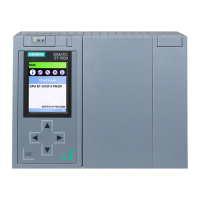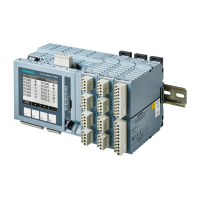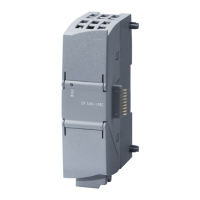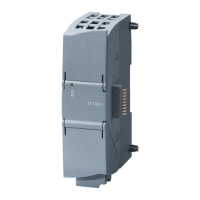Link-up and update
8.3 Time monitoring
CPU 410-5H Process Automation/CPU 410 SMART
System Manual, 10/2013, A5E32631667-AA
115
The following figure shows the correlation between the minimum I/O retention time and the
maximum inhibit time for priority classes > 15.
Figure 8-2 Correlation between the minimum I/O retention time and the maximum inhibit time for
priority classes > 15
Note the following condition:
50 ms + minimum I/O retention time ≤
(maximum inhibit time for priority classes > 15)
It follows that a high minimum I/O retention time can determine the maximum inhibit time for
priority classes > 15.
Calculating the maximum inhibit time for priority classes > 15 (T
P15
)
The maximum inhibit time for priority classes > 15 is determined by 4 main factors:
● As shown in Figure 12-2, all the contents of data blocks modified since last copied to the
standby CPU are once again transferred to the standby CPU on completion of the
update.
The number and structure of the DBs
you write to in the high-priority classes is a
decisive factor in the duration of this operation, and thus in the maximum inhibit time for
priority classes > 15. Relevant information is available in the remedies described below.
● In the final update phase, all OBs are either delayed or inhibited. To avoid any
unnecessary extension of the maximum inhibit time for priority classes > 15 due to
unfavorable programming, you should always process the time-critical I/O components in
a
selected cyclic interrupt
. This is particularly relevant in fail-safe user programs. You can
define this cyclic interrupt in your configuration. It is then executed again right after the
start of the maximum inhibit time for priority classes > 15, provided you have assigned it a
priority class > 15.
